Well, when I was nine years old Star Trek came on," Goldberg says. "I looked at it and I went screaming through the house, 'Come here, mum, everybody, come quick, come quick, there's a black lady on television and she ain't no maid!' I knew right then and there I could be anything I wanted to be (x).
As Whoopi Goldberg said, seeing someone in the media that
you identify with is important because it impacts your opinion of how well you
do in life. As a woman, it’s important for me to find accurate and
diverse portrayals of other women in the media that we consume.
“Every time you see this kind of image, these are the limited range of characteristics, which one assumes is going to be implicated in the image. It’s how a stereotype functions. People have assumed that therefore what this is doing is a powerful way of circulating in the world a very limited range of definitions of who people can be, of what they can do, what are the possibilities in life, what are the natures of the constraints on them. I mean, the image is producing not only identification… it’s actually producing knowledge; what we know about the world is how we see it represented.” (x)
Imagine how someone feels when their identity is stereotyped
constantly. It’s important for those of us that are vastly underrepresented.
 |
| I mean...really |
Women in the media aren’t always underrepresented, stereotyped or secondary characters (or used to only further the male character's story line), but it happens so much, that there is a test for films (that was made as a bit of a joke to make fun of the fact that there are so few movies with significant female characters in them) called the Bechdel Test.
Women may make up 51% of the population, but actresses nabbed only 29.9% of the 4,379 speaking parts in the 100 top-grossing films of 2007 (x)Pretty much the same goes for video games: it comes in the form of the Damsel in Distress trope.
As a trope the damsel in distress is a plot device in which a female character is placed in a perilous situation from which she cannot escape on her own and must be rescued by a male character, usually providing a core incentive or motivation for the protagonist’s quest. In video games this is most often accomplished via kidnapping but it can also take the form of petrification or demon possession for example. Traditionally the woman in distress is a family member or a love interest of the hero; princesses, wives, girlfriends and sisters are all commonly used to fill the role. (x)
As explained in this video (as part of a miniseries), video games frequently use female characters as an object for the main character's advancement.
Not to say that there aren't video games with super amazing and butt-kicking female leads, but the fact that there are so few of them out there shows how little the creators are thinking of women (even though women make up 45% of the video game industry.
If you're still having trouble with understanding how under representation and the fight for more diversity works, here's a good explanation by tumblr user timemachineyeah (they were explaining racial diversity and whitewashing, but it works for any kind of marginalized group).
This is a jar full of major characters
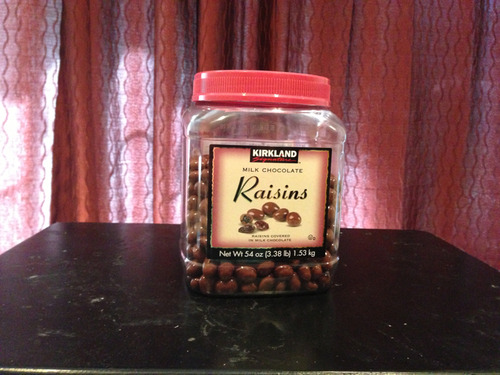
Actually it is a jar full of chocolate covered raisins on top of a dirty TV tray. But pretend the raisins are interesting and well rounded fictional characters with significant roles in their stories.
We’re sharing these raisins at a party for Western Storytelling, so we get out two bowls.
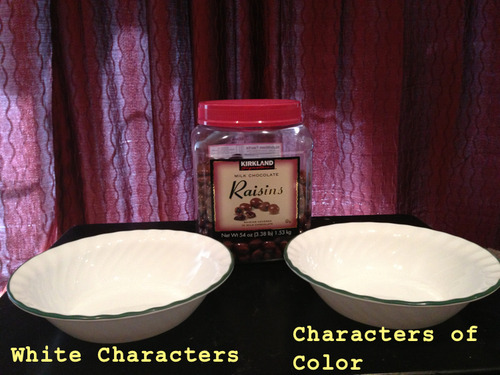
Then we start filling the bowls. And at first we only fill the one on the left.
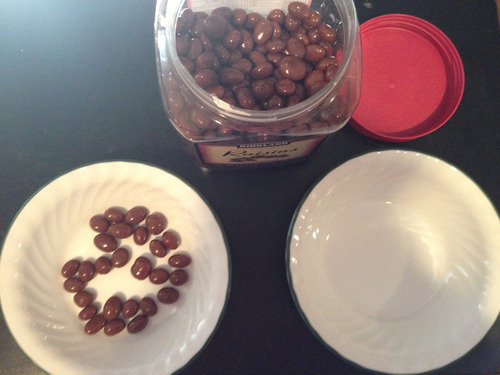
This doesn’t last forever though. Eventually we do start putting raisins in the bowl on the right. But for every raisin we put in the bowl on the right, we just keep adding to the bowl on the left.
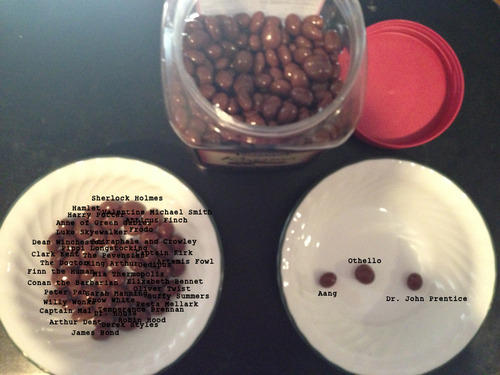
And the thing about these bowls is, they don’t ever reset. We don’t get to empty them and start over. While we might lose some raisins to lost records or the stories becoming unpopular, but we never get to just restart. So even when we start putting raisins in the bowl on the right, we’re still way behind from the bowl on the left.
And time goes on and the bowl on the left gets raisins much faster than the bowl on the right.
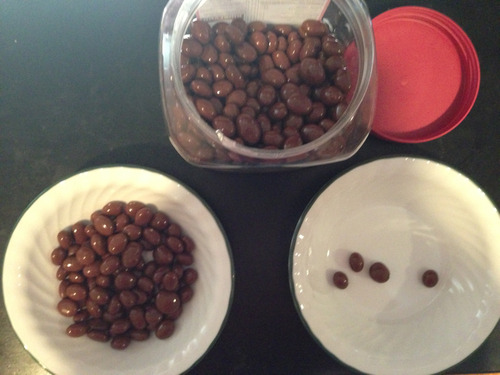
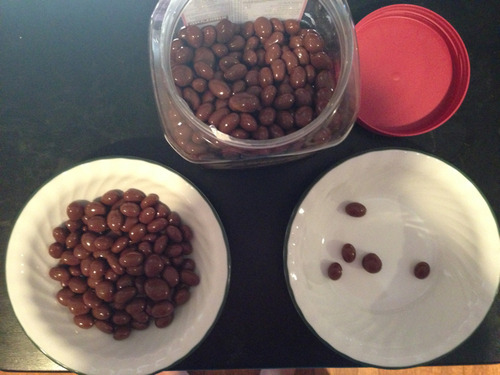
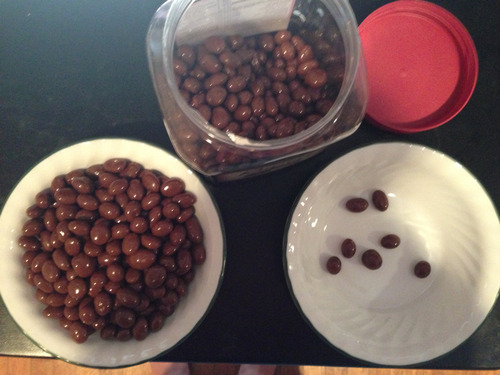
Until these are the bowls.
Now you get to move and distribute more raisins. You can add raisins or take away raisins entirely, or you can move them from one bowl to the other.
This is the bowl on the left. I might have changed the number of raisins from one picture to the next. Can you tell me, did I add or remove raisins? How many? Did I leave the number the same?
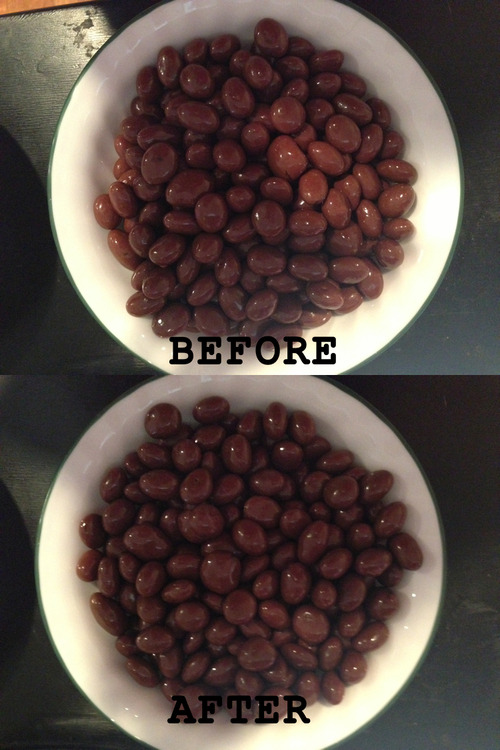
You can’t tell for certain, can you? Adding or removing a raisin over here doesn’t seem to make much of a change to this bowl.
This is the bowl on the right. I might have changed the number of raisins from one picture to the next. Can you tell me, did I add or remove raisins? How many? Did I leave the number the same?
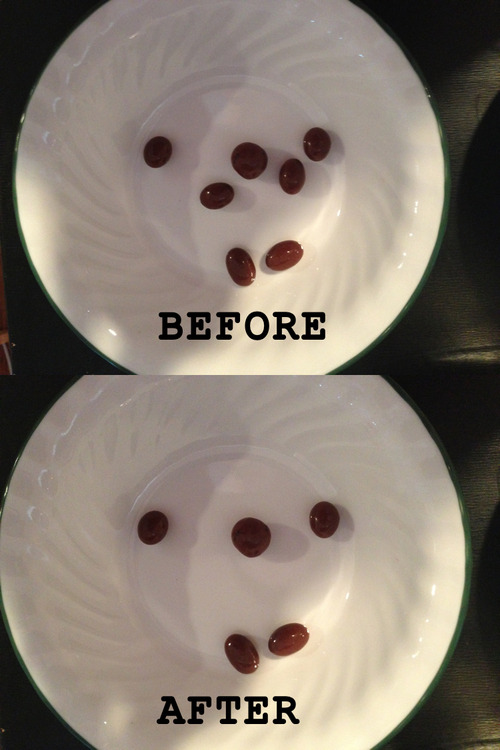
When there are so few raisins to start, any change made is really easy to spot, and makes a really significant difference.
This is why it is bad, even despicable, to take a character who was originally a character of color and make them white. But why it can be positive to take a character who was originally white and make them a character of color.
The white characters bowl is already so full that any change in number is almost meaningless (and is bound to be undone in mere minutes anyway, with the amount of new story creation going on), while the characters of color bowl changes hugely with each addition or subtraction, and any subtraction is a major loss.
This is also something to take in consideration when creating new characters. When you create a white character you have already, by the context of the larger culture, created a character with at least one feature that is not going to make a difference to the narratives at large. But every time you create a new character of color, you are changing something in our world.
I mean, imagine your party guests arrive
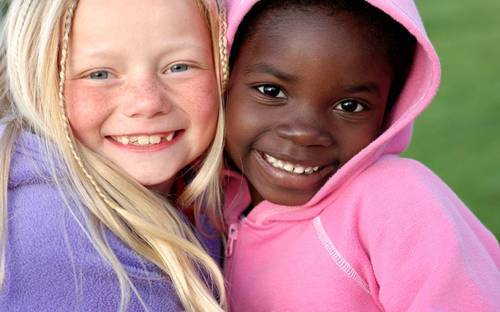
Oh my god they are adorable!
And they see their bowls
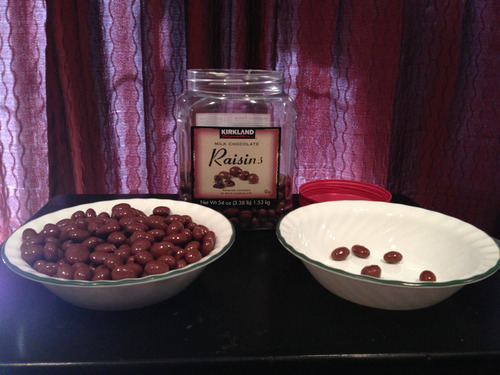
But before you hand them out you look right into the little black girls’s eyes and take two of her seven raisins and put them in the little white girl’s bowl.
I think she’d be totally justified in crying or leaving and yelling at you. Because how could you do that to a little girl? You were already giving the white girl so much more, and her so little, why would you do that? How could you justify yourself?
But on the other hand if you took two raisins from the white girl’s bowl and moved them over to the black girl’s bowl and the white girl looked at her bowl still full to the brim and decided your moving those raisins was unfair and she stomped and cried and yelled, well then she is a spoiled and entitled brat.
And if you are adding new raisins, it seems more important to add them to the bowl on the right. I mean, even if we added the both bowls at the same speed from now on (and we don’t) it would still take a long time before the numbers got big enough to make the difference we’ve already established insignificant.
And that’s the difference between whitewashing POC characters and making previously white characters POC. And that’s why every time a character’s race is ambiguous and we make them white, we’ve lost an opportunity.
It's like tumblr user kirkspocks said: "how am i supposed to know that i’m normal, that i’m beautiful, if i never see anyone else like me on television and in magazines?"I grew up with Barbies with blonde hair and blue eyes. While yes, there are women who look like that and little girls who would grow up looking like that, how can any child grow up and think that it's okay to look how they look and be who they are if they never see themselves on TV or on magazines or in books?
Remember to put your best work out there, but don't forget the social implications of those little kids or teenagers who will grow up thinking that they are out of the norm since they are never represented.
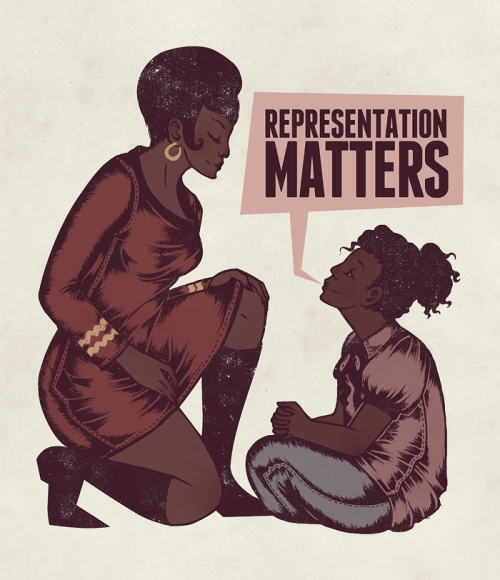
3 comments:
Thank you so much for this article, Patricia. I believe that this is something that is important and affects everyone at UT Tyler. Everyone, no matter their race, origin, sexual orientation or belief system should be represented and respected. Respect is definitely something that is normally swept under the rug with judgments attached to them such as "this person is bad, so..." Please continue the great work. This is a wonderful blog and I hope your efforts are well compensated. Keep inspiring Diversity to stay at UT Tyler, and maybe, just maybe one day it will without any discrimination from our fellow small-minded students who believe in hypocrisy as a basis for judgement.
Thank you so much!
I follow your personal blog and dude this is awesome! How have I never seen these before?!?!
Wow, your school is really lucky! I wish we had a blog like this at my school in Ohio- perhaps one day.
Post a Comment